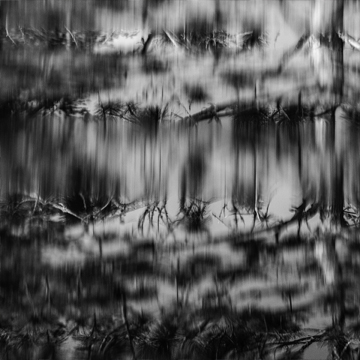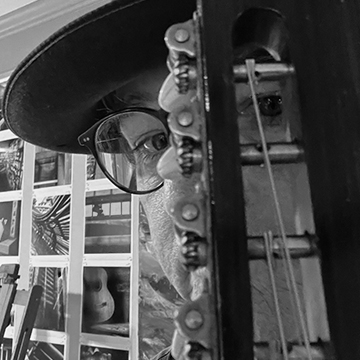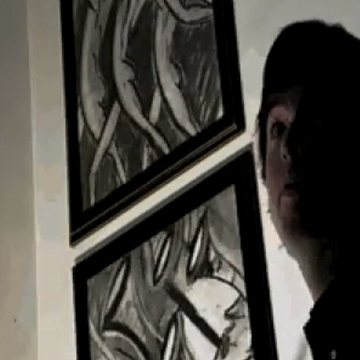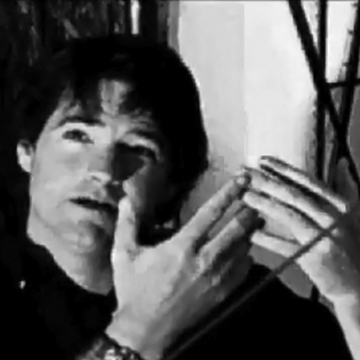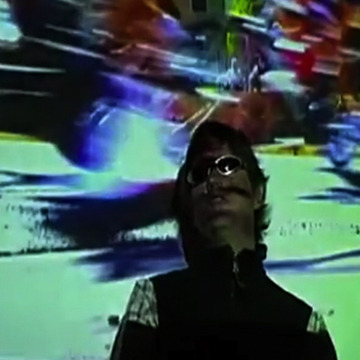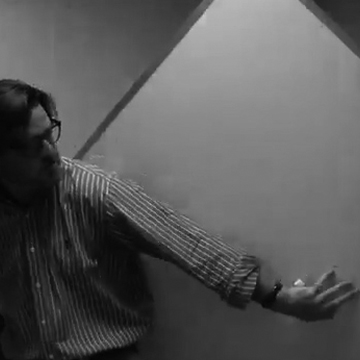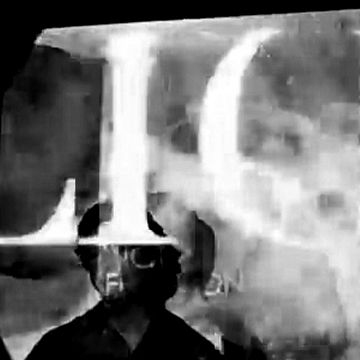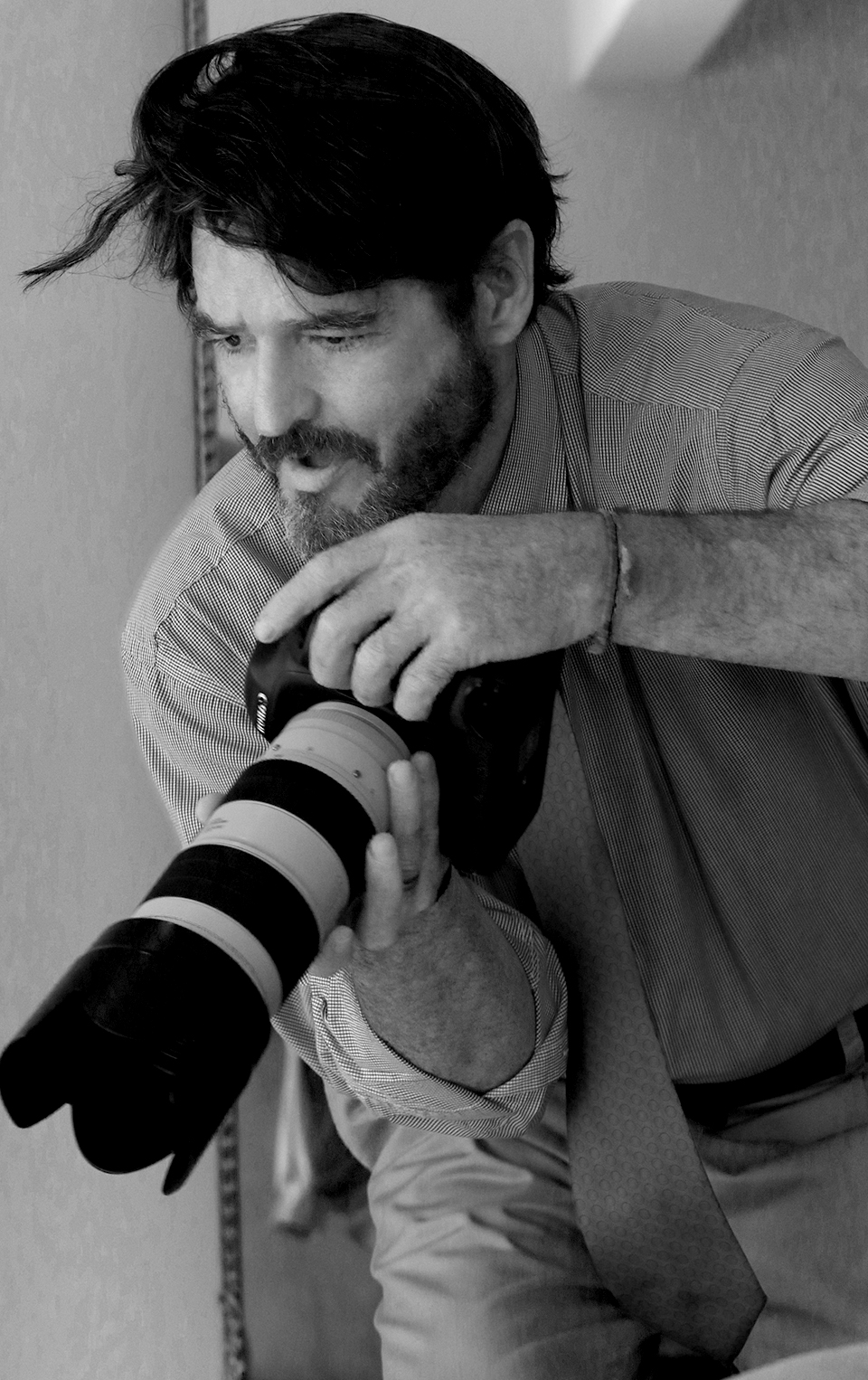
Consistently fluctuating between media
Finding A Path
By canoe or foot, in the woods as a teenager - he discovered the power of 35mm, 110mm, & disk negatives. Bingham frequented 35mm in the 1990's, but finds it easier to reflect upon teenage years using other film formats. Trading photographs with fellow explorers was a regular occurrence, an exchange of experiences.
It wasn't until graduate school in the late 90s, in a "Social Foundations of Education" program, that he converted his bathroom into a darkroom, with a Besseler Cadett II & a developing bag. At this time a belief started to brew over the raw power of film & its ability to suggest resolution to personal inquiry.
Bingham's photographic drives followed him to NC where he took a middle school teaching gig as an 8th grade Algebra I teacher. Feeling frustrated and lost by the time winter break rolled around, he changed [pedagogical] course. Each of his Algebra students had the opportunity to take a 35mm camera home for the weekend and shoot 36 exposures; parents donated their [dusty] 35mm cameras to his cause. Students would then choose (from their contact sheet) which image he'd print in his darkroom, again located in his bathroom. All student 8"x10" images were hung at local coffee shop in Burlington, NC. He continued to use the same shooting assignment with his college students in New Mexico, albeit they had access to digital means, grossly minimizing his amount of work to achieve equal outcomes.
Bingham purges his work. Once he tires of storing his art, he makes a trip to the dump. He's disposed of 100s of 16"x20" silver gelatin prints, along with many of his larger scaled paintings. He does regret trashing over 1000 negatives (35mm & 120mm); he can't access old data sets.
However, for Bingham, it's the aha of a process, discovering unfamiliar systems of: seeing, exhibiting, organizing, & defining. His wife, Elizabeth Depew, calls it post modern subborness.

